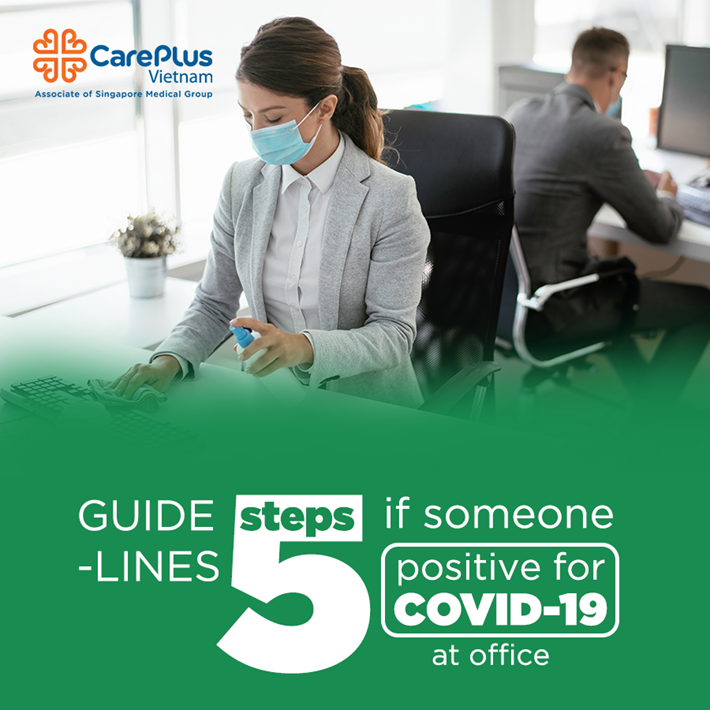5 steps guidlines if someone tests positive for COVID-19 at work
By the end of October 2021, it reaches nearly 90% that employees return to work reaching. To ensure productivity and employees’ safety, the Department of Health launch guideline on 5 steps dealing with F0 in business.

11/12/2021 5:03:40 PM
5-step dealing with F0 at business
- Step 1: Temporarily isolate F0 in the isolation area. Notify local health authorities for help.
- Step 2: Temporarily suspend the operation where F0 occurs to clean and disinfect, test for all F1.
- Step 3: Determine the isolation scale in lines, parts, workshops
- Step 4: Identify the correct F1
- Step 5: In case the production facility has over 80% employees fully vaccinated, all F1s are allowed to continue working, re-test on the 3rd, 7th and continue every 7 days until there are no more infections. Minimize communication with the outside until the end of the monitoring.
Correct understanding of close contact
- Contact with sick people in 2 meters. Contact time > 15 minutes (multiple exposures, eg 3 times, 5 minutes each time, still count as close contact)
- Contact with an infected person less than 1 meter is high risk (regardless of the duration of exposure).
- Direct contact with a sick person (eg, hug, shoulder, handshake)
- Direct contact with respiratory secretions of an infected person (coughing, sneezing, tissue with secretions, sharing cups, face towels or other personal hygiene items)
- Living in the same house
- Same work group / same room
- Traveling with a group, working, meeting
- Sit in the same row or in front/back of 2 rows on vehicle
>> Watch more videos on MSc on safety measures for workers when returning to work Dr. Phung Ngoc Minh Tan HERE